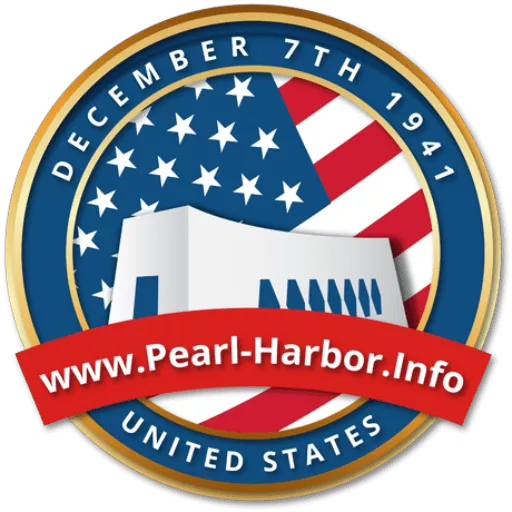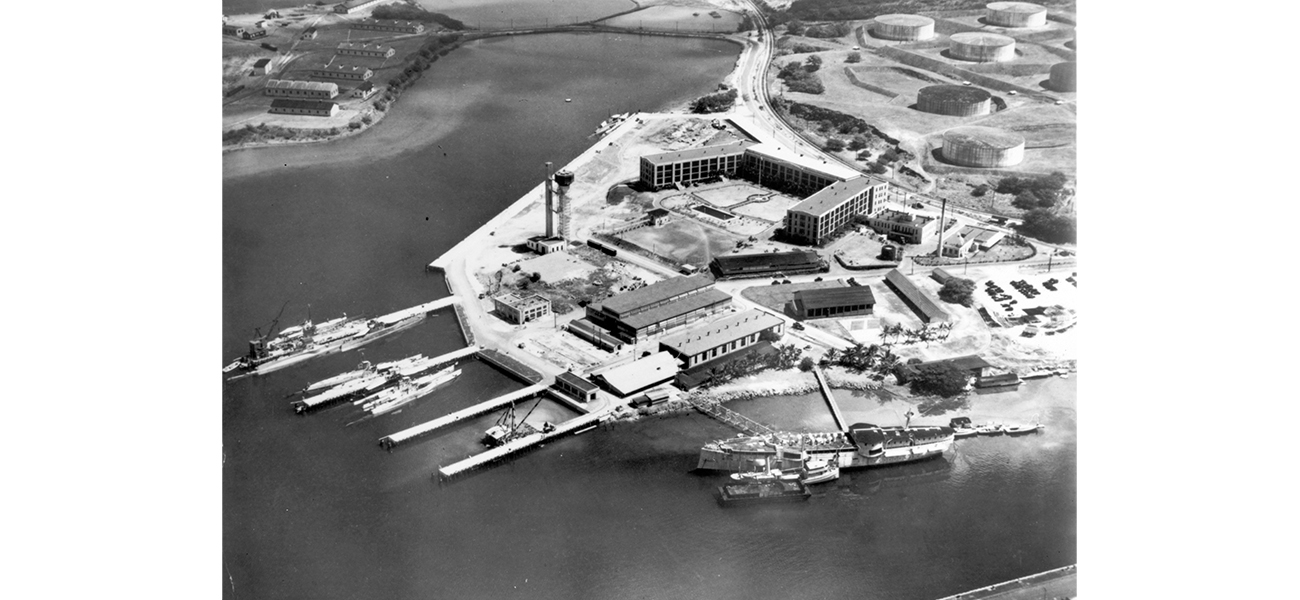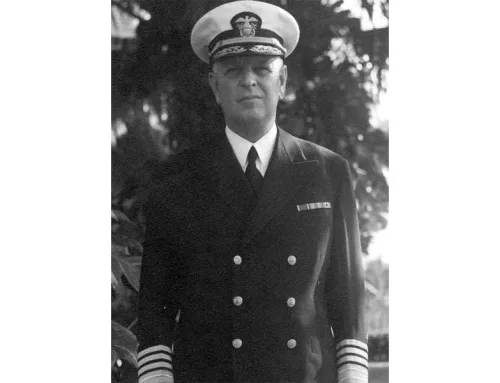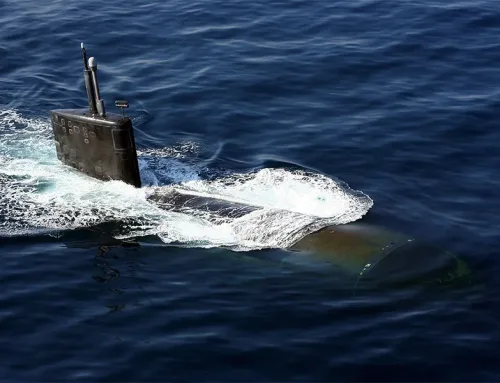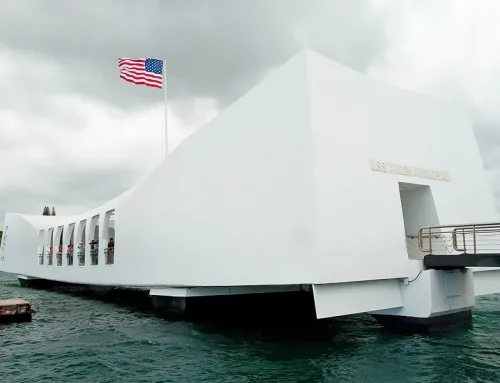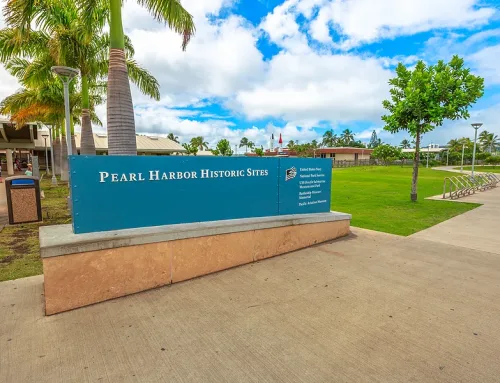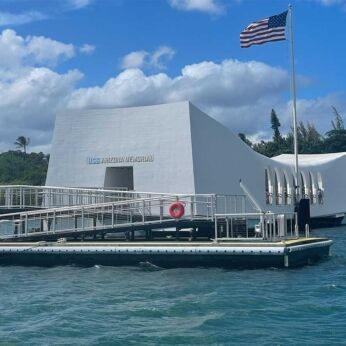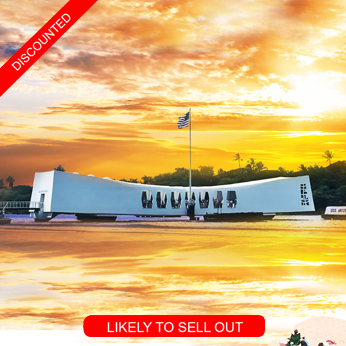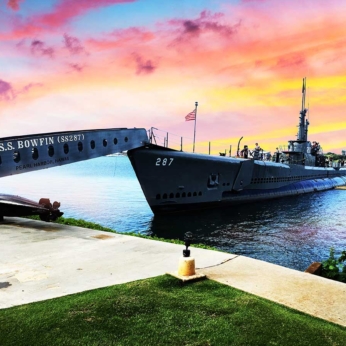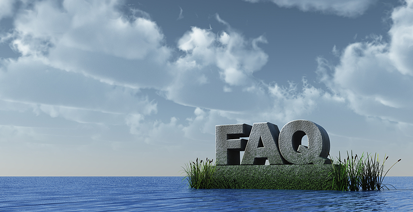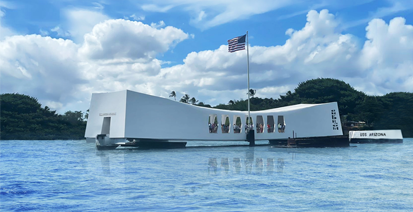Why did the US set up at Pearl Harbor
David Franzen, Public domain, via Wikimedia Commons
Pearl Harbor is more than just a name in history books; it is a symbol of both strategic military planning and a turning point in global conflicts. But why did the US set up at Pearl Harbor? This question opens a window into a complex interplay of geography, politics, and military strategy.
Pearl Harbor, located on the island of Oahu in Hawaii, has a rich history that predates its military significance. Initially, it was used by native Hawaiians for fishing and trading. Its transformation into a crucial military asset began in the late 19th century, reflecting broader trends in American expansion and strategic thinking.
Strategic Location
The geographical position of Pearl Harbor made it an ideal location for a naval base. Situated in the middle of the Pacific Ocean, it provided the US with a pivotal point between the American mainland and Asia. This location allowed the US Navy to project power across the Pacific Rim, ensuring that American interests were protected and advanced in this vast and strategically vital region.
From a military perspective, Pearl Harbor was a gem. Its natural harbor was deep and protected, making it an excellent site for anchoring the Pacific Fleet. The potential to house a significant number of ships and submarines, coupled with the ability to build extensive dock and repair facilities, underscored its value. This strategic naval base enabled the US to maintain a formidable presence in the Pacific.
Other Factors
Economically, Pearl Harbor offered substantial benefits. It was positioned along key trade routes, making it an important hub for commerce and military supplies. The establishment of a base here facilitated economic expansion, allowing the US to secure its trading interests in Asia and the Pacific, thus promoting economic growth and stability.
The political landscape of the late 19th and early 20th centuries also played a crucial role. American foreign policy during this period was marked by expansionism and the pursuit of global influence. Hawaii, and by extension Pearl Harbor, became a focal point of this policy. The annexation of Hawaii in 1898 was driven by both strategic imperatives and political motivations, solidifying the US presence in the Pacific.
Advancements in naval technology further highlighted the importance of Pearl Harbor. As ships grew larger and more sophisticated, the need for a state-of-the-art naval base became apparent. Pearl Harbor provided the necessary infrastructure to support these technological advances, ensuring that the US Navy remained at the forefront of maritime power.
By the early 20th century, the global political climate was fraught with tensions. The rise of Japan as a military power and its expansionist policies posed significant threats to US interests in the Pacific. Establishing a strong naval presence at Pearl Harbor was a strategic move to counter these threats and protect American territories and allies in the region.
During World War I, Pearl Harbor played a crucial role in supporting US naval operations. Although it was not the primary focus of military activities, its strategic location enabled it to serve as a critical supply and logistics hub, underpinning American efforts in the Pacific theater.
In the years between the world wars, Pearl Harbor underwent significant upgrades. These enhancements were driven by the recognition of its strategic importance and the need to prepare for potential future conflicts. The interwar period saw the modernization of facilities and the expansion of the naval base’s capabilities.
Construction of the Naval Base
The construction of the naval base at Pearl Harbor was a monumental task. Beginning in the early 1900s, the development involved significant investment and faced numerous challenges, from logistical issues to political opposition. However, the strategic advantages it offered made these efforts worthwhile, culminating in a world-class naval facility.
The establishment of Pearl Harbor as a US naval base was the result of a confluence of strategic, economic, political, and military factors. Its unique geographical location, coupled with the evolving global dynamics of the early 20th century, made it an indispensable asset for the United States. Understanding the reasons behind its establishment helps us appreciate its role in shaping both American and global history.
Most Popular Oahu Tours
Best Pearl Harbor Tours

The following tours are recognized as the most popular Pearl Harbor Tours on Oahu. While generally, our price is the lowest in the market now, for a limited time, they are on sale too. Please be advised that Pearl Harbor tickets and USS Arizona Memorial tickets are included in all of our Arizona Memorial Tours, Pearl Harbor small group tours, and private Pearl Harbor tours.
